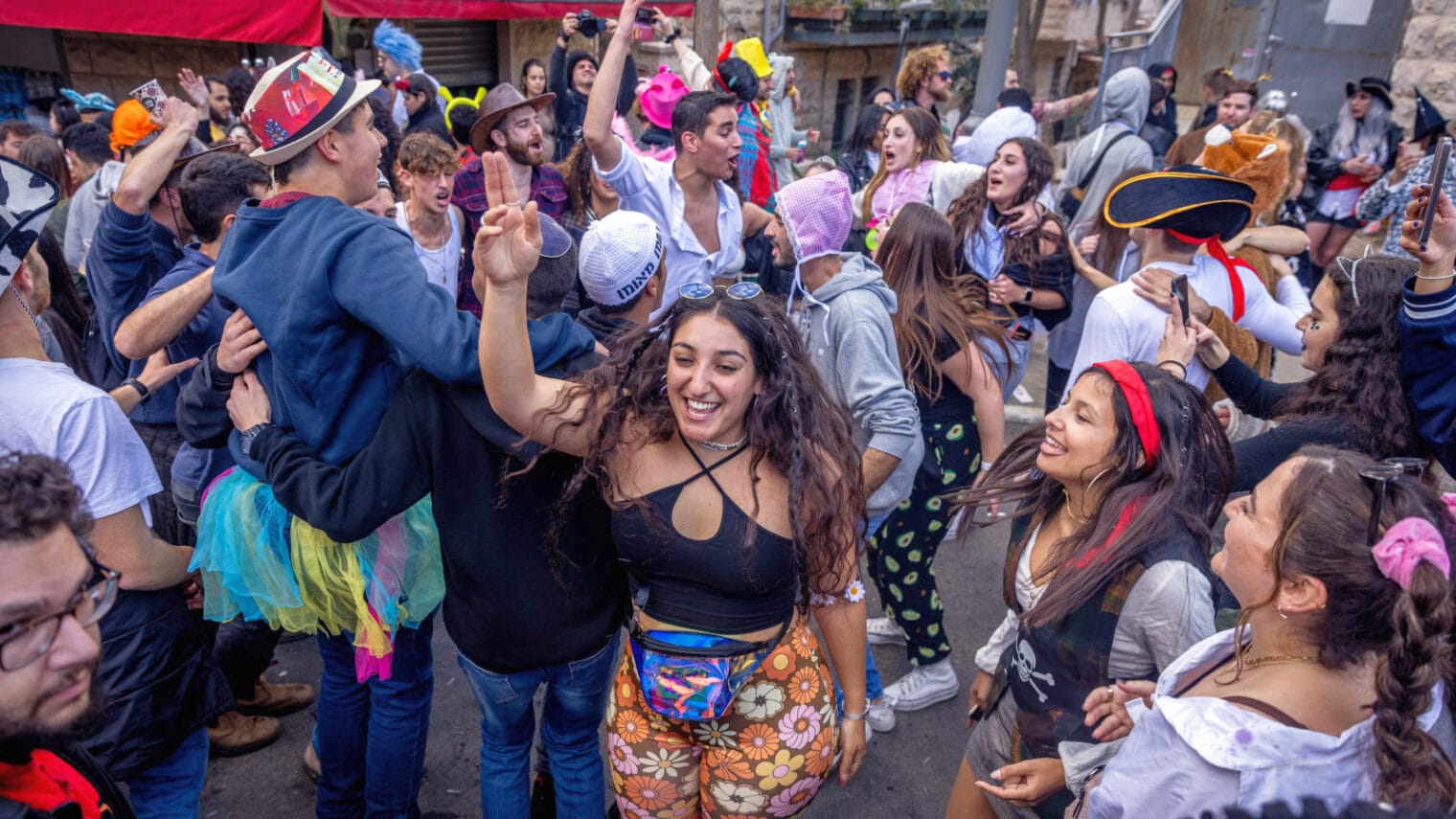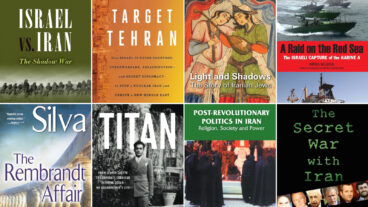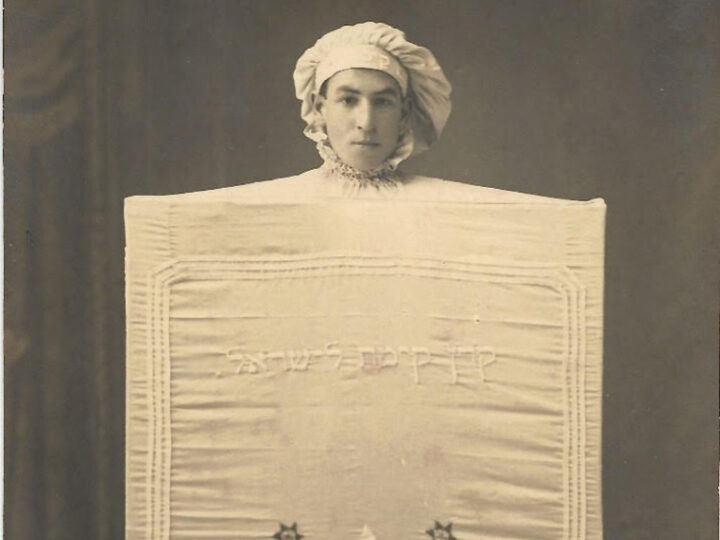Like most holidays on the Jewish calendar, Purim celebrates the near annihilation and last-minute redemption of the Jewish people – this time through the wily actions of Mordechai and Esther in the face of evil Haman.
This year, the concept of annihilation attempts by our enemies got a whole new meaning, with Israel still at war with Hamas following the deadly October 7 massacres in Israel’s southwestern communities.
And while that means that Purim won’t be the carefree, fun event that it usually is – with over 130 hostages still held captive in Gaza, thousands of soldiers on the frontlines and so many dead and wounded, it just can’t be – we’d like to breathe a little hope and normalcy into this usually joyous time of year.
We wish you a very happy holiday, and even happier and more peaceful times to come.
1. Hamantaschen: yes or no?

What is the most contested food on the Jewish calendar? While some may mistakenly point in the direction of matzah, it’s actually hamantaschen that can break down families and tear people apart.
The seemingly innocent-looking triangles of dough elicit incredibly emotional responses that go in one of two directions: you either look forward all year to the buttery, crumbly pastries with their melt-in-the-mouth fillings, or you can barely hide your disgust at the oh-so-dry cookies and their horrid poppy-seed interior.
So if you plan on sending a mishloach manot (more on this later) this year, our advice would be to check in advance in which camp its recipient resides. And if you can’t find out, give them hamantaschen filled with chocolate. That way they’ll at least eat half.
2. Drunk, but not too drunk
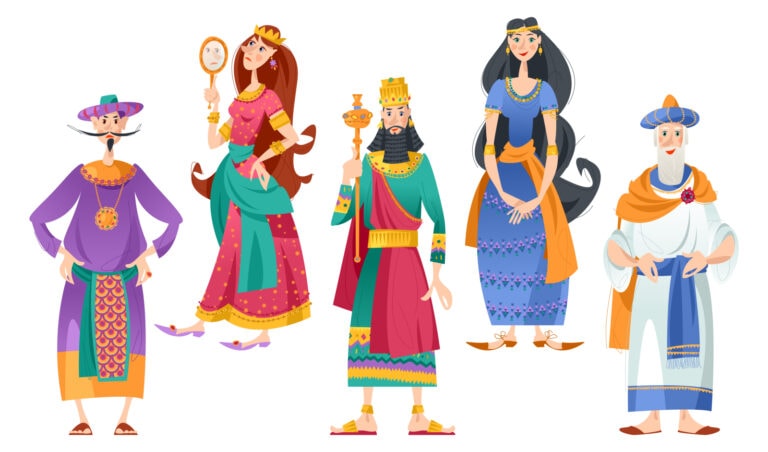
On Purim, there’s a religious obligation to get drunk – a mitzvah that is carried out most meticulously by Jewish teens worldwide.
The festive drinking stems from a Talmudic statement that one should drink until unable to distinguish between the wicked Haman and blessed Mordechai.
Countless commentaries have since debated how much one should actually drink, with the bottom line being that getting wasted isn’t really what the author intended – but this little fact has yet to deter young people from having a drink (or three) too many.
3. This year, no explosives on the street
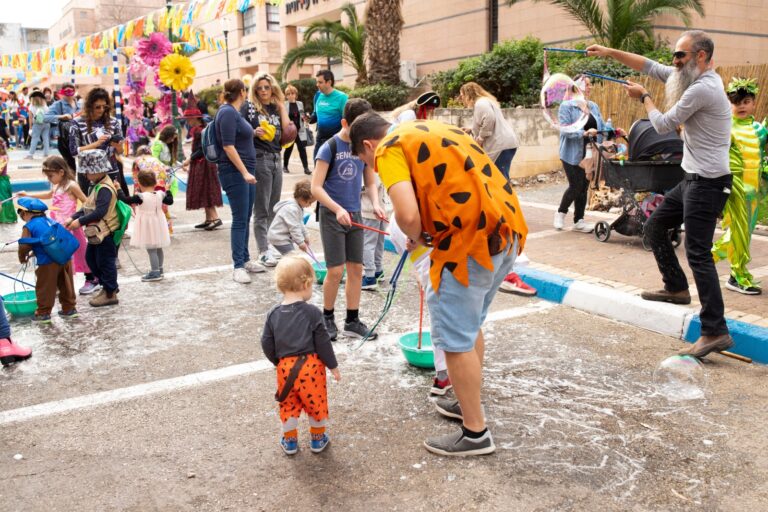
In Israel on Purim, teenagers love throwing around little explosive pellets in the streets that emit a jolting bang. Called napatzim in Hebrew, some find them to be a hilarious holiday activity, but for many, many people they might trigger battlefield PTSD.
For years now there have been calls to stop selling the pellets so that everyone can walk down the street without being viciously reminded of their trauma, but to no avail.
This year, the campaign is particularly strong, and some municipalities have declared a no-napatzim policy. We hope that everyone is considerate enough of what so many people have had to endure, and keep the streets explosive-free for everyone to enjoy in an already difficult year.
4. Dressup: It’s so Middle Ages

While most of the Western world gets to celebrate Halloween, over here in the Holy Land we need to wait another couple of months until Purim to don our costumes.
Getting dressed up on Purim dates back to the Middle Ages, and more specifically to 15th century Italian Jews who were influenced by the Christian carnival season. The custom spread across Jewish communities over the years, becoming the most identifiable trademark of the holiday.
A more traditional reason given for dressing up on Purim, however, is that all the characters in the Book of Esther were in costume themselves: Esther, who kept her identity a secret; Mordechai, who remained loyal to his people while at court; and even God, who is not mentioned in the story but navigated the events to their happy ending.
5. Purim more or less made Tel Aviv
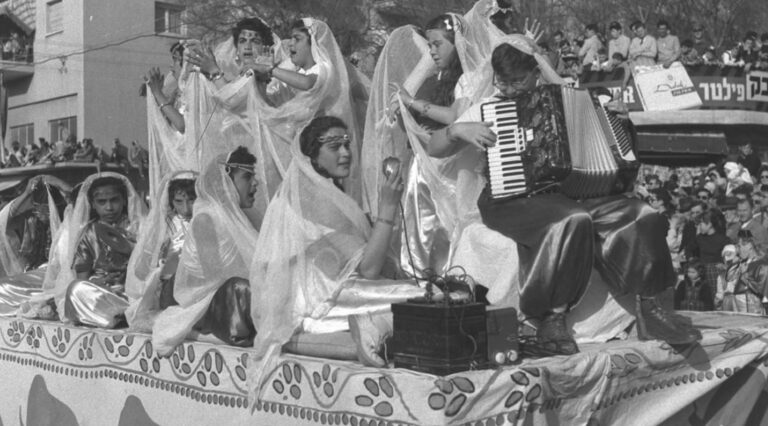
Everyone knows that Tel Aviv is the party capital of the Middle East. But not everyone knows that its fun foundations lie in Purim festivities over 100 years ago.
In 1912, a bunch of young people and artists from Tel Aviv organized a Purim parade in which people took to the streets dressed up in line with the Purim story, biblical scenes, Jewish history and life in pre-state Israel.
The parade through the newly established city became a hit, leading municipal authorities to adopt it as an annual celebration.
These festivities cemented the White City’s reputation as a fun and fabulous place. While the procession, called Adloyada, moved to the neighboring city of Holon decades ago, Tel Aviv remains Israel’s best-loved party spot.
6. Cops, soldiers are top costumes this year
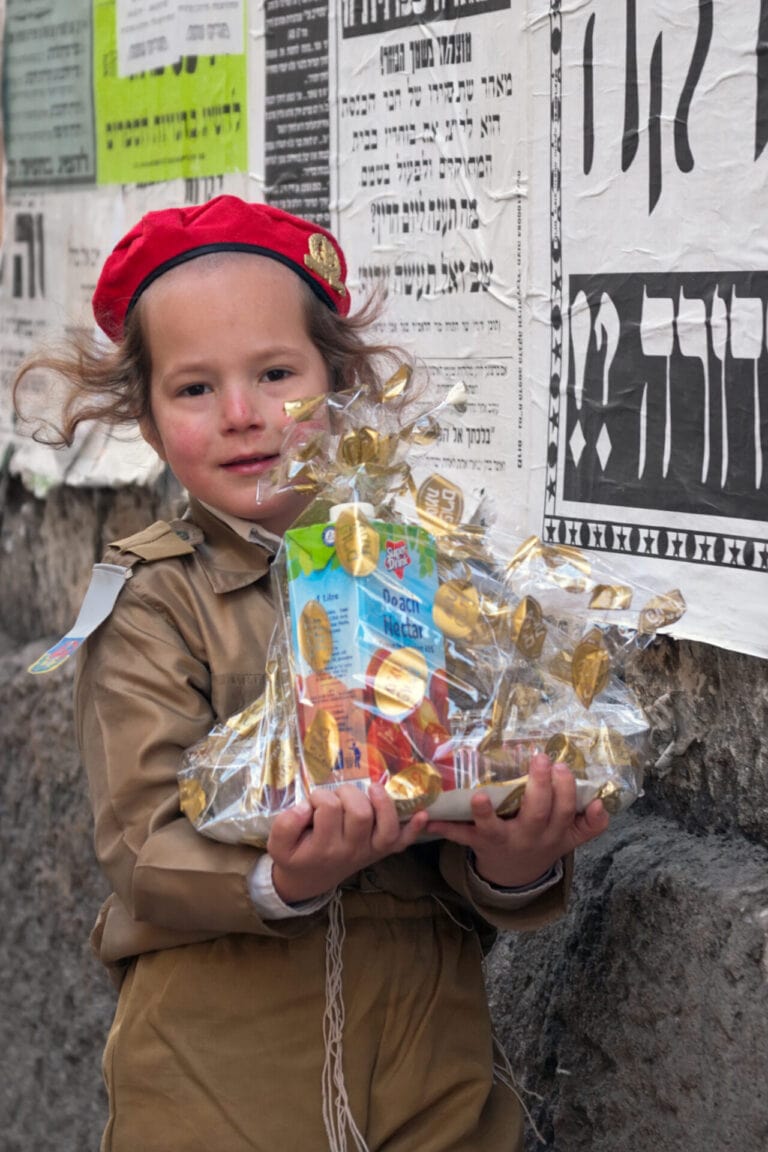
Usually, popular Purim costumes for kids include the whole array of the superhero universe, as it’s a great opportunity to imitate those you admire.
This year, in a very vintage turn, the most popular costumes are police officers and soldiers.
The reason is clear: In a year marked by incredible heroism by the country’s security forces, there’s no doubt in anyone’s mind, even kids’ minds, that the real superheroes are right here at home.
7. Some costumes are off-limits this year
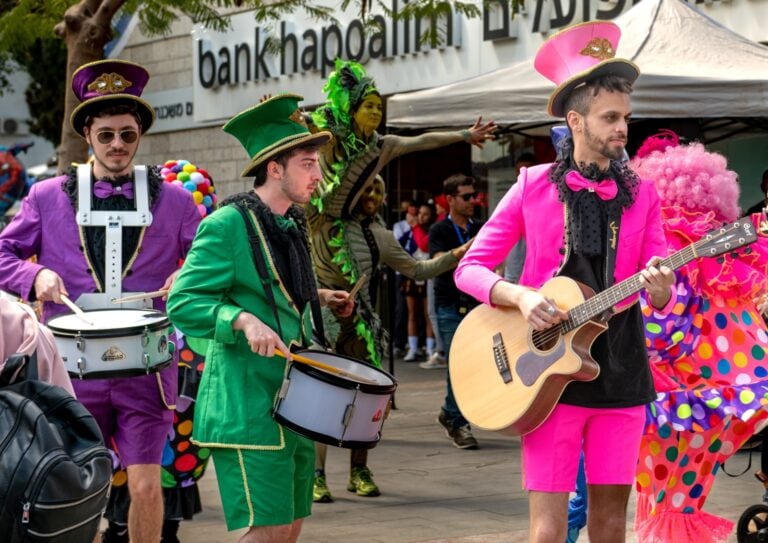
Still on the subject of costumes, the Israeli Education Ministry requested this year that children not wear costumes that might cause affront or panic in light of the war. This probably means that dressing up as Hamas leader Yihya Sinwar is off the books.
8. He Who Must Not Be Named
Fans of Harry Potter (i.e. mankind) know of He Who Must Not Be Named. But the Jewish people boast a much more ancient Lord Voldemort – Haman from the Book of Esther.
According to the biblical story, Haman was a vizier of King Ahasuerus who convinced his master to kill all the Jews in the Persian Empire. Haman’s evil plot failed due to the heroic efforts of Queen Esther the king’s wife, and her uncle (or cousin) Mordechai. Instead of wiping out the Jewish people, Haman himself was hanged on the gallows.
On Purim, the miraculous tale is read publicly at night and in the morning. And to express the Jewish people’s disdain of Haman, every time he’s mentioned the entire congregation uses noisemakers to blot out his name. Imagine them doing that at Hogwarts.

9. The tombs of Esther and Mordechai
In Israel, we celebrate Purim with plenty of drinking, street parties and awful corporate costume competitions. But in Iran, the tiny Jewish community does something far more incredible during the holiday: its members visit the graves of Esther and Mordechai.
The graves of the protagonists of the Purim story are believed to be located inside a domed mausoleum in Hamadan – a city whose previous incarnation was the capital of the Persian dynasty described in the Book of Esther, thus making Esther and Mordechai’s burial there a real possibility.
10. Vashti, a villain turned feminist icon
Vashti, the previous wife of King Ahasuerus, has for generations been depicted as an evil and vain queen rightly ousted and replaced by the beloved Esther. But in more recent years she’s had somewhat of a renaissance and is even considered a feminist icon in some circles.
The story of Purim describes how Vashti refused her husband’s command to come and dance for him and his friends. To modern-day readers, this shouldn’t come as much of a surprise, considering how it’s believed that the orders were to dance naked for them. This act of disobedience and independence is now being hailed by many as a downright biblical feminist moment equally impressive as those of Esther’s. We wonder – why be made to choose between two heroic women?
11. Jerusalemites celebrate Purim a day late
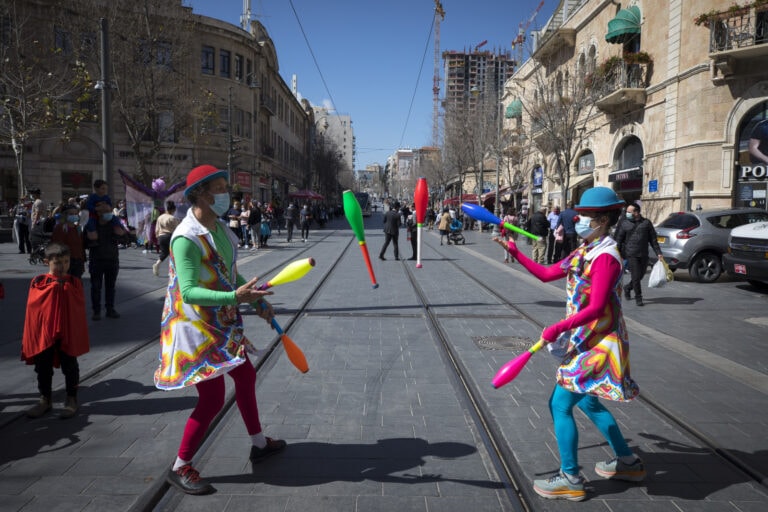
Purim is universally celebrated on the 14th day of the Jewish month of Adar (this year, that’s March 24. But in Jerusalem, it’s celebrated a day late, on a day called Shushan Purim.
The Book of Esther describes how the Jews of Persia defeated their enemies on Adar 13 and rested the day afterwards, leading Purim to be celebrated on the 14th. But in Shushan, the walled-off capital city, the Jews only beat their enemies on the 14th, and thus the victory in the city was celebrated a day later.
Years later, it was decided that Purim will be celebrated a day late in all walled cities, namely Jerusalem. While this sounds pretty cool, it’s actually a source of havoc and confusion in present-day Israel, where students in Jerusalem get a different day off from their peers elsewhere and dress up out of tune with the rest of the country. If you fancy another day’s celebrations, however, you now know where to go.
12. What’s Gerard Butler got to do with Purim?

Gerard Butler is one awesome actor – remember how he fought off the bad guys in the movie 300?
Well, one of the said bad guys is none other than King Xerxes, the Persian king usually identified with the Book of Esther’s very own King Ahasuerus.
Whether or not Xerxes I was in fact the biblical Ahasuerus, we’d like to think that it’s the very same man. Not for any scholarly reasons, but because it gives us the opportunity to indulge in a guiltless 300 marathon. Hey, we’re learning about our people’s history here.
13. Parents may hate Purim
As kids and teens, Purim used to be super fun, with all the dressing up, drinking and partying. When you become a parent, however, you might start hating the holiday for the exact same reasons.
If your kids are young, you’re probably having to endure weeks on end of Purim-related demands at preschool. Not only do you have to order/craft your kid’s costume (always at the last minute, and always leaving you in a panicked, foul mood), but for whole weeks before that you have to send them to daycare in pajamas one day, face paint the other and a whole load of other nonsense. Failure to do so marks you as a terrible parent, of course.
And if your kids are older, the worry gets real. The parties, the drinking, the awful costumes – these can all get a bit much. Take a deep breath and have an obligatory holiday drink.
14. Mishloach manot envy

On Purim, Jews are obligated to hand out mishloach manot, or food parcels, to both friends and the needy.
What started out as an act of charity is now an opportunity to shower friends, neighbors, teachers and colleagues with painstakingly thought-out, beautifully wrapped delicious and intricate delicacies and be rewarded with similarly kind efforts. Or not.
Because as karma would have it, the year you pull out all the stops with your mishloach manot is the year you’ll get the lousiest ones of all, comprised of Bamba and Bissli bags shoved into cellophane wrapping.
While adults can handle such unfortunate situations, our hearts go out to the children who receive (or give) subpar food parcels in school.
Our top tip: Always make an effort with the mishloach manot you send with your kids to school, and secretly make an extra one in case they come home disappointed.




